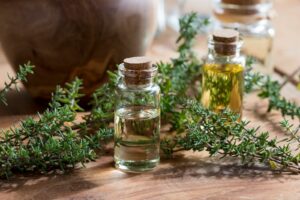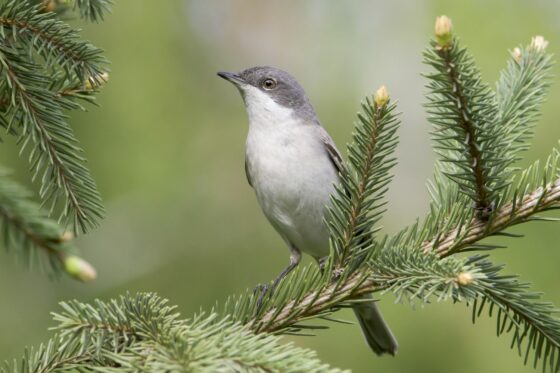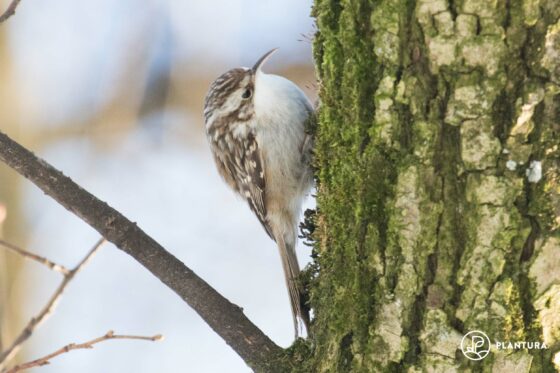Great tit: the bird profiles
Know the difference between a female great tit and a male? Could you identify a great tit’s song? Here’s everything you should know about the great tit.

The great tit (Parus major) is the largest tit in the UK. No stranger to humans, great tits are now commonplace in parks and gardens. Most importantly for us, these adaptable and uncomplicated songbirds welcome nesting aids and extra feed, which makes it easy for us to support them. Read on to find out more about the wonderful great tit!
Contents
- Great tit: key facts
- How to recognise the great tit
- How to recognise a young great tit
- How to recognise a great tit egg
- How to tell the difference between male and female great tits
- What is the perfect habitat for great tits?
- Where do great tits build their nests?
- When is breeding season for great tits?
- Where do great tits spend winter?
- What does a great tit’s song sound like?
- Help the great tit!
Great tit: key facts
| Size | About 4cm |
| Weight | About 20g |
| Breeding season | March-July |
| Lifespan | Approximately 5 years |
| Habitat | Light deciduous and coniferous forests, gardens, hedges |
| Food preferences | Insects, oil-rich seeds and nuts, fruits |
| Threats | Decline in natural habitat and food supply |
How to recognise the great tit
The great tit has a shiny black head, broken only by large, white patches on each cheek. Its back is moss green and its wings blue-grey. Its breast and belly shine yellow and are split down the middle with a black stripe. This band of black is particularly important for the male, who uses it as a status symbol; the broader his band, the higher his status and, usually, the better his territory.
At first glance, you would be forgiven for mistaking the great tit for the blue tit. However, the latter is slightly smaller and, unlike the great tit, has a blue crest.

How to recognise a young great tit
Young great tits resemble their parents, although their plumage is slightly paler and their heads more slate grey. What is more, a young great tit’s dirty yellow cheek patches blend into the rest of its body. Not so for the adult, whose cheek patches are cut by a strong, black collar.

How to recognise a great tit egg
Great tit eggs shine white and are covered with light red-brown speckles that cluster at the wider end of the egg. The eggs, 1.8 centimetres high and 1.4 centimetres wide, are laid in a nest of moss and grass, which is padded with hair and feathers. Great tits lay between 8 and 12 eggs per brood.

How to tell the difference between male and female great tits
It takes a little practice to distinguish a female great tit from a male. One clear difference, however, is the black band that crosses the great tit’s breast. In females, this band is narrower and paler than in males and sometimes frayed. The female’s breast and belly are also less yellow than the male’s.

What is the perfect habitat for great tits?
Great tits prefer to breed in mature mixed and deciduous forests, building a nest in the hollows of old trees. They have adapted well to humans, however, and can now be spotted in many parks and gardens.
Where do great tits build their nests?
Great tits prefer to build their homes in tree cavities, whether they are natural or the remains of an old woodpecker nest. It is difficult to find such hollows in cities and villages, however, and so the tits, ever inventive, also occupy cracks in walls, cavities under roof tiles and even letterboxes – as well as birdhouses, of course!

When is breeding season for great tits?
Great tits breed between March and July, though spring temperatures can push this back a few weeks. The songbird tends to raise one brood per year, but a second brood does follow on occasion. Incubation lasts two weeks, before the hatchlings are fed in the nest for around 20 days. Finally, the young great tits will attempt to fly the nest. Unfortunately, they will be unable to look after themselves and will remain dependent on their parents for another two weeks.
Where do great tits spend winter?
UK great tits are resident, and remain close to their territory throughout winter. In fact, great tits only migrate altitudinally, that is, highland birds move to the lowlands over winter.
What does a great tit’s song sound like?
The great tit has many songs. However, one sound that you can be sure of hearing is the loud, clear and repetitive tones of the two-syllable “zi-be” or three-syllable “zi-zi-be”. And of course, typical of the tit family, great tits have several calls.
Help the great tit!
During the colder months, great tits can struggle to access food, and become increasingly dependent on bird feeders. A feeding station is not only appreciated by great tits, but is an exciting place for you to watch your garden birds. Birdhouses and bird-friendly plants are also wonderful additions to any garden.
What do great tits eat?
Great tits eat insects, spiders and fruits, but are particularly partial to oily nuts and seeds during winter. Your garden tits will welcome fat-rich seed mixes and fat balls, but you could also reach for sunflower seeds, crushed peanuts and mealworms.
Tip: If you want to keep an eye on what you’re feeding your birds, you can also make your own bird feed!
Which birdhouses are suitable for great tits?
Great tits welcome fully enclosed birdhouses that have a small entrance hole of around 32mm in diameter. This will simulate the kind of natural tree cavity a great tit would seek in a forest. Affix your birdhouse a few metres from the ground to a tree trunk with the entrance facing east or south-east.
Tip: We have a dedicated article on building your own birdhouse. It contains great tips on building and cleaning a nesting box, and outlines which colours and materials you should pick.

How can I support great tits even more?
Great tits predominantly feed their young caterpillars. Because gardens host fewer caterpillars than forests, great tits lay fewer eggs in gardens. But you can help! Try planting caterpillar-attracting shrubs and perennials such as blackberry, nettle, willow and blackthorn. Blue tits will also appreciate this small act, as they too feed their offspring caterpillars.
In hot summers and within cities, garden birds can find it particularly difficult to find water. A birdbath will do a world of good, not only for the great tit, but for many other garden birds, like the robin.

























